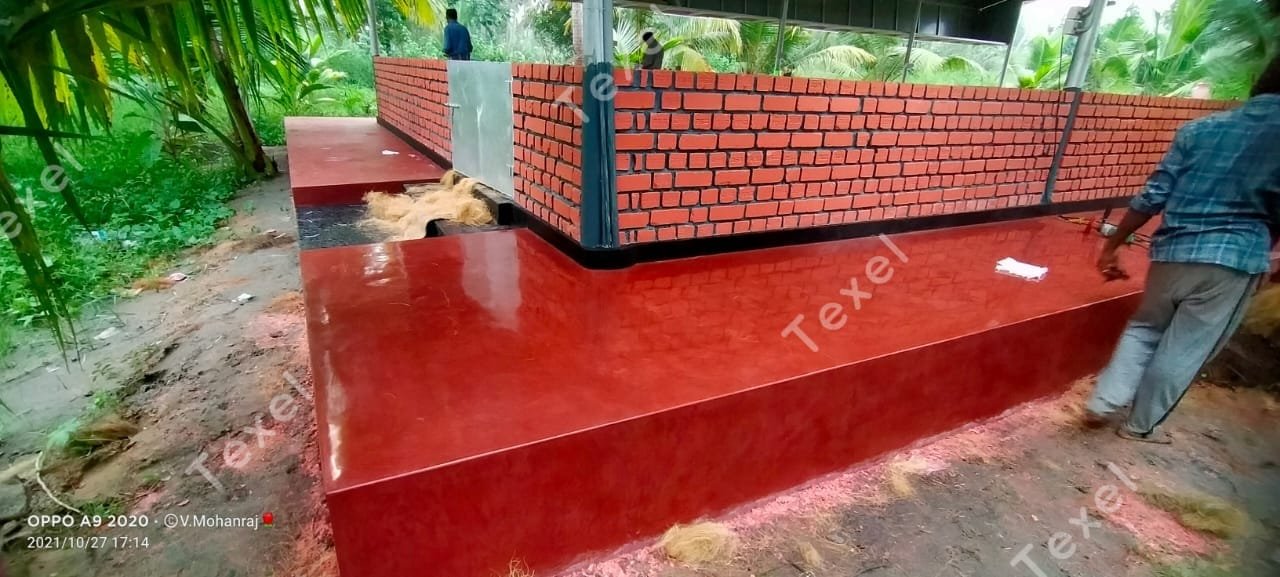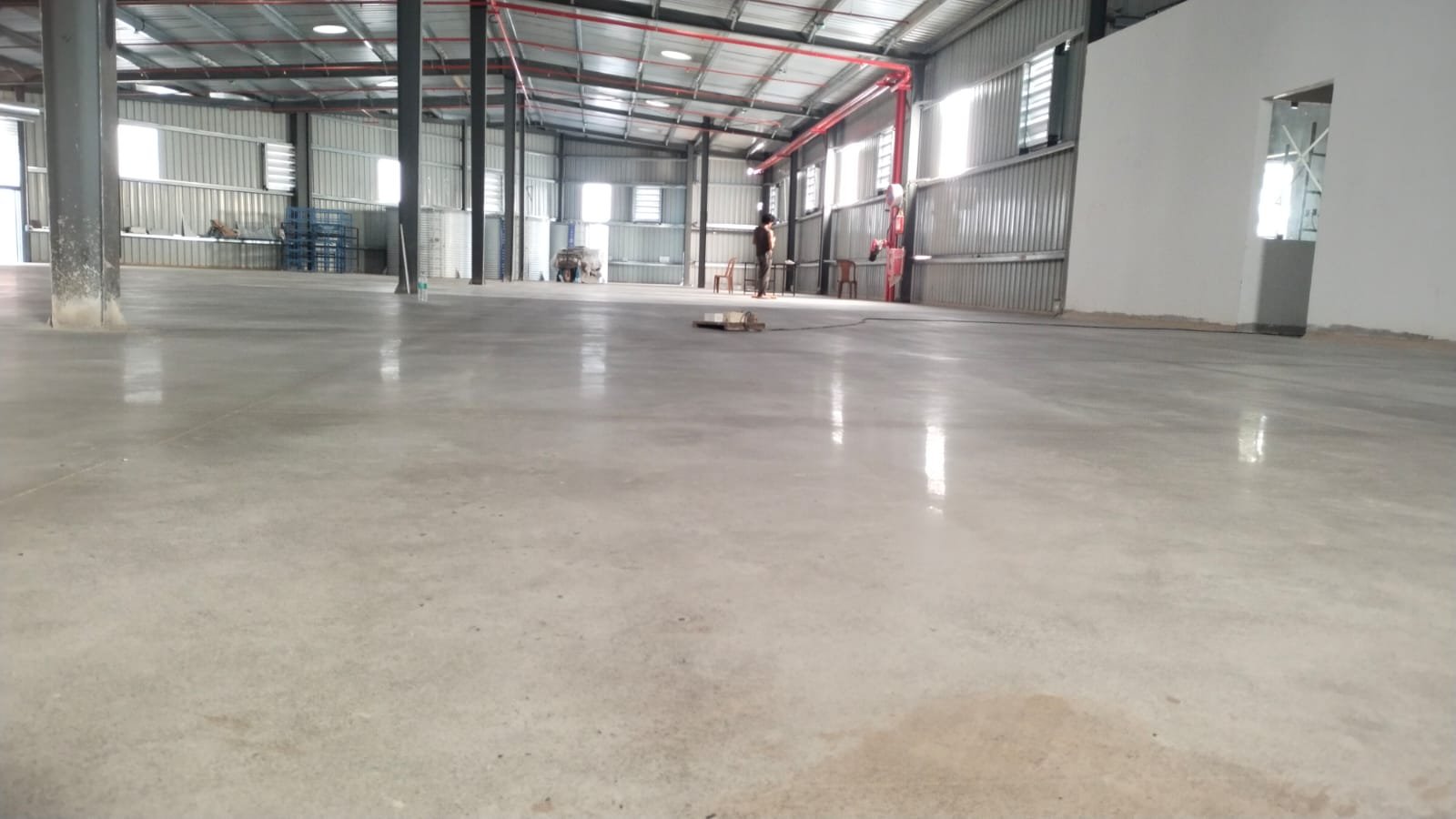WHAT ARE THE ADVANTAGES OF RED OXIDE FLOORING?
WHAT
ARE THE ADVANTAGES OF RED OXIDE FLOORING?
INTRODUCTION
Red oxide flooring, also known as red oxide cement flooring or simply
red flooring, is a traditional method of flooring that has been used for
centuries in various parts of the world. It is particularly popular in India
and other South Asian countries. This type of flooring gets its name from the
red oxide pigment that is mixed with cement to create a durable and attractive
surface.
ADVANTAGES OF RED OXIDE
FLOORING
Red oxide flooring offers several advantages, making it a popular choice
for various applications. Here are some of the key advantages:
Ø Durability: Red oxide flooring is
highly durable and can withstand heavy foot traffic, making it suitable for
both residential and commercial spaces. It is resistant to wear and tear,
making it a long-lasting flooring option.
Ø Low Maintenance: This type of flooring
requires minimal maintenance. Regular sweeping and occasional mopping are
usually sufficient to keep the surface clean. Unlike some other types of
flooring, red oxide flooring does not require frequent polishing or sealing.
Ø Aesthetic Appeal: Red oxide flooring has a
distinct and attractive appearance. The deep red color adds warmth and
character to any space, enhancing its aesthetic appeal. The smooth finish of
the flooring further contributes to its visual appeal.
Ø Cost-Effectiveness: Red oxide flooring is
relatively inexpensive compared to other types of flooring materials. It is
cost-effective both in terms of material costs and installation expenses. This
makes it an attractive option for budget-conscious homeowners and builders.
Ø Versatility: Red oxide flooring can be
installed in various settings, including residential homes, commercial
buildings, and industrial spaces. It is suitable for both indoor and outdoor
applications. Additionally, it can be used as flooring for different rooms,
including living areas, kitchens, and bathrooms.
Ø Environmentally Friendly: Red oxide flooring is made
from natural materials, primarily cement and red oxide pigment. It has a
minimal environmental impact compared to some other flooring options.
Additionally, its long lifespan reduces the need for frequent replacements,
further reducing its environmental footprint.
Ø Temperature Regulation: Red oxide flooring has
natural insulating properties, helping to regulate indoor temperatures. It
remains cool in hot weather and retains heat in cooler temperatures, contributing
to energy efficiency and comfort in the building.
Ø Resistance to Moisture: Red oxide flooring is
resistant to moisture, making it suitable for use in areas prone to humidity or
occasional water exposure. Properly installed and sealed red oxide flooring can
withstand moisture without warping or deteriorating.
CONCLUSION
Red oxide flooring’s eco-friendly nature, derived from its use of
natural materials and long lifespan, aligns with the growing emphasis on
sustainability in construction and design. Its ability to regulate indoor
temperatures and resist moisture further enhances its suitability for various
environments. Its resilience to heavy foot traffic and minimal
maintenance requirements make it a practical choice for both residential and
commercial settings.

Related Posts
Leave a Reply Cancel reply
You must be logged in to post a comment.




